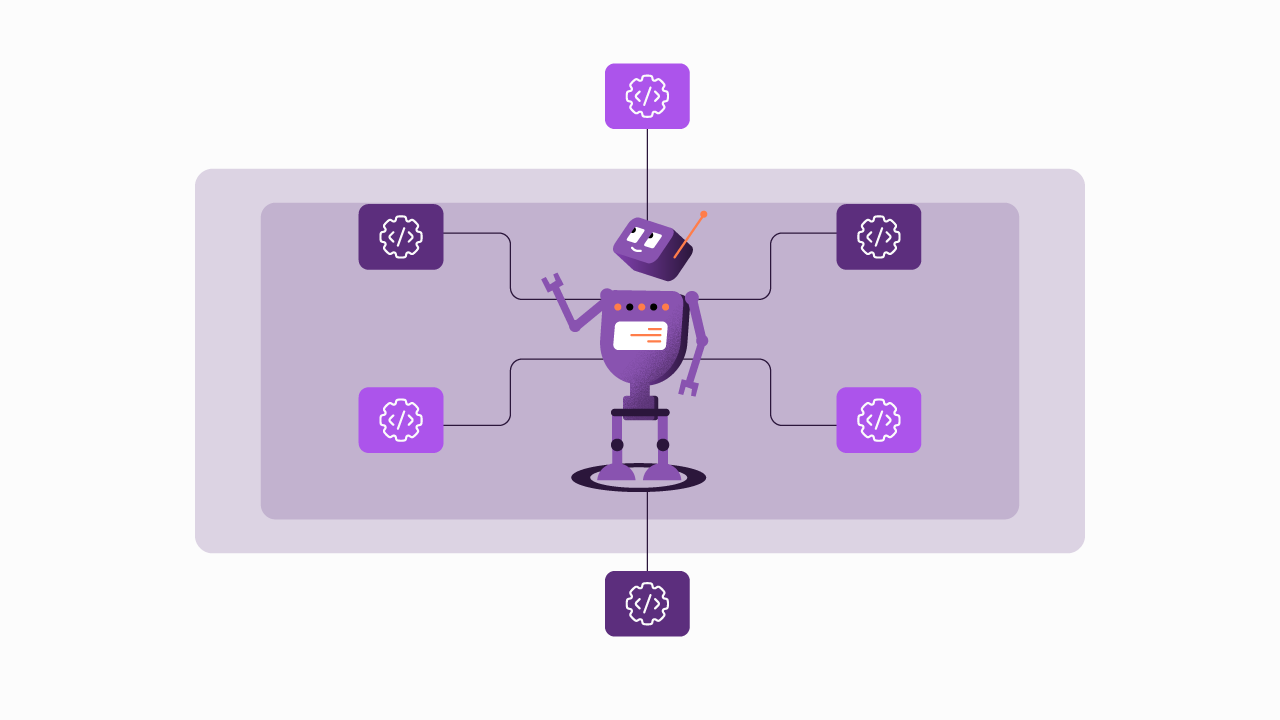Ahead of the Curve: Five Tech Trends Steering Credit Unions into Future Success | Part 2
Trend 2:
Platform Engineering Becomes More Systematic
See the original article published on Paolo Malinverno's LinkedIn profile here:
As we journey through 2024, I'm exploring some pivotal trends steering credit unions into future success. My first trend, AI is Changing Existing Applications, can be found here. This article covers trend 2: Platform Engineering Becomes More Systematic.
Credit unions must use a diverse set of applications to serve their members' needs as members demand wider usage of their financial data by other financial providers. Integrating legacy data and multiple systems into modern infrastructure is the greatest challenge to meeting these increasing demands. Whether credit unions have large IT teams or – more frequently – rely on credit union service organizations (CUSOs), their leaders must remain keenly aware of trends, security, compliance and new technological advancements crucial to their operations and integrations. Platform engineering is an area attracting more and more attention. The Consumer Financial Protection Bureau's Personal Financial Data Rights rule, expected to take effect this fall, is adding to the focus.
Gartner ranked platform engineering as a top trend for 2024 and defines it as “the discipline of creating user-friendly, self-service capabilities on top of highly complex systems and processes to enable software development and application operation.” This definition immediately raises several questions.
What is the real meaning of the word 'platform'?
A platform is a product on which you build other products. Intuitively, that sounds right, but it doesn't stop a technology provider from calling a simple application with a few programmatic entry points, frequently for partial data extraction, a 'platform.' That is too much of a stretch. However, a real platform needs to be reasonably complex and nearly complete. So, is a bunch of APIs a platform? Well, at a minimum, it's the start of one. Platform engineering takes that "bunch of APIs" and gives API consumers what they need in a 'user-friendly, self-service' way. In addition to APIs, platforms support software development, application integration and application operation with event handlers, bits of user interface, data models, architectural templates, process logic, microservices etc. APIs provided by third parties (i.e., not the platform owner, frequently a SaaS provider) are part of the equation, too.
Platform Engineering isn't new, but it is the evolution of a science that started decades ago. At the beginning of the API Economy, a few companies, like Twilio, managed to take advantage of APIs and get platform engineering right. The rest of the IT world is catching up, revolutionizing how we build, innovate and connect. The financial sector is no exception; consumers expect innovation, and regulators demand compliance. Sound platform engineering, especially when including reusable integration APIs, is the answer to increased flexibility and scalability.
All financial institutions are using robust platforms to operate safely and efficiently. How platform engineering evolves has different impacts and outcomes depending on whether credit unions outsource IT operations or manage them internally.
If Outsourcing IT - Is Your CUSO Keeping Pace?
Outsourcing or partnering with a CUSO is often a viable solution for credit unions of all sizes. CUSOs bring added expertise and attractive low operation costs. The downside is that credit unions outsourcing their IT operations have no direct control of their platform. Platforms are typically shared with other credit unions using the same CUSO. However, the platform engineering trend still applies to the CUSOs and affects the speed at which they can offer new functionality to their clients.
Some CUSOs run inflexible platforms, which they offer at low cost to credit unions. These credit unions are happy to sacrifice flexibility for lower operational costs.
Other CUSOs are much more sensitive to new requirements, including AI functionality (per the previous trend), and offer premium capabilities to their financial services customers. Often, some form of platform engineering practices are already in place to make these premium capabilities possible.
This year, expect to see robust platforms provide differentiation for these CUSOs to stand out from competitors and deliver services and enhancements to their customers faster. CUSOs that are slower to recognize the impact of platform engineering will not be able to move at market speed, and they and their customers may fall behind in meeting their members' demands.
The Significance of Platform Engineering for In-House IT Operations
Larger financial institutions should realize the true value of platforms for internal and external interactions. How can platforms enhance innovation and service internally and with partners and members when engineered to meet a credit union's needs in a self-service, friendly fashion? Services and access to banking must be secure, governed, private, and safe, internally and when connecting operations to third parties.
API management is commonly found in most IT infrastructures. Despite the self-evident advantages of running API management from a single provider, credit unions running multiple API gateways from multiple providers will be increasingly common. The administration of those gateways and the ability to enforce policies (i.e., governing), minimizing the duplication of work and effort, will be decisive factors in API management to support the evolution of a robust platform.
APIs, especially high-level experience APIs, are ideal building blocks, not just for programmers but also for credit union business technologists seeking to build innovative, AI-rich interactions and allow machines to take tedious work off human hands.
Governing API programs will remain a huge challenge and increase the complexity of how we do business. In 2024, more large credit unions will become API providers, for example, allowing partner fintechs to offer innovative and open solutions to meet the demands of their individual and small business members.
Recommendations for Platform Engineering
CUSOs supporting several credit unions with their platforms and credit unions supporting thousands of members on their own need to consider platform engineering best practices.
Here are two of my recommendations:
Let platforms be demand-driven. Add APIs and reusable, composable modules to the platform only when they are addressing the needs of multiple consuming entities and usage scenarios.
Turn integration flows into reusable APIs. That way, they will be simpler to reuse and embed into new applications. Being part of the platform makes it easier to govern APIs’ usage.
Understand the value of the APIs already running on the platform. If the APIs are not used enough, find out why before adding additional APIs. Unused APIs create unnecessary maintenance costs. Adding more without a proven use case will only increase the platform operation costs without a return on investment.
Well-Engineered Platforms Offer Tremendous Upsides
There are things we should consider as this trend continues to change how we do financial business. To securely exchange data, we require properly secured and governed APIs. We'll also need carefully engineered platforms to handle vast amounts of data and APIs. Platform engineering is a trend that makes sense. When we do it right, we open endless possibilities.
Begin your API journey with Sensedia
Hop on our kombi bus and let us guide you on an exciting journey to unleash the full power of APIs and modern integrations.
Embrace an architecture that is agile, scalable, and integrated
Accelerate the delivery of your digital initiatives through less complex and more efficient APIs, microservices, and Integrations that drive your business forward.





.svg)




.png)

